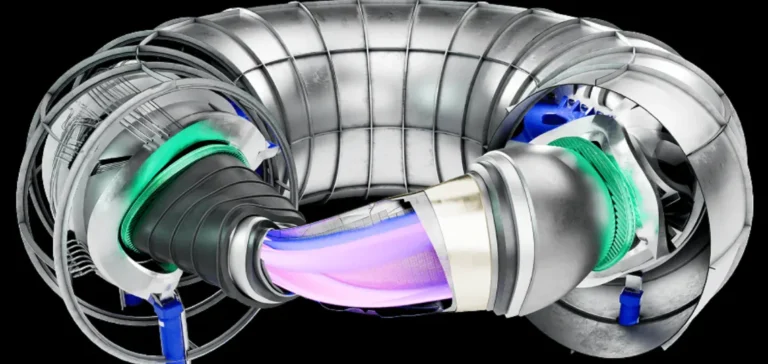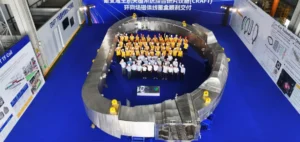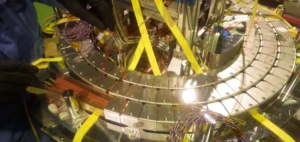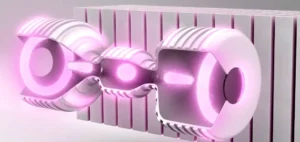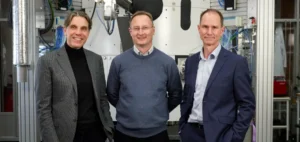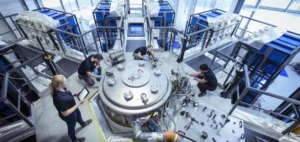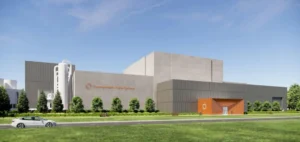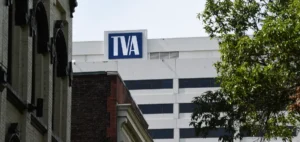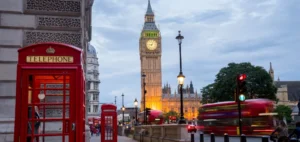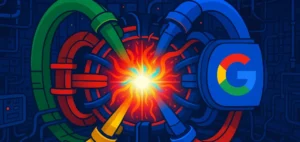Munich-based Proxima Fusion, a company focused on nuclear fusion technologies, has raised €130 million in a Series A financing round. The funding will support the construction of a prototype called “Stellarator Model Coil,” essential for demonstrating the company’s specific approach to nuclear fusion. Unlike the traditional tokamak, the stellarator has a complex geometric structure optimized for stabilizing the hot plasma necessary for fusion reactions. This technological feature is attracting considerable attention in the sector due to its ability to maintain stable fusion reactions over prolonged periods.
Next technical and industrial milestones
The funds raised will enable Proxima Fusion to complete its “Stellarator Model Coil” by 2027. This prototype will be pivotal in validating superconducting magnetic coil technologies, a critical step before embarking on the larger-scale “Alpha” project. Scheduled to become operational in 2031, “Alpha” will be an experimental power plant with an estimated total cost approaching one billion euros. The company aims to demonstrate the technical and economic feasibility of stellarator-based nuclear fusion, paving the way for industrial integration during the 2030s.
This funding round was led by Berlin-based Cherry Ventures and London-based Balderton Capital, alongside more than ten institutional investors, including Plural, Lightspeed, and UVC. Proxima Fusion’s total funding now stands at nearly €185 million since its inception, including earlier funding rounds. This significant backing highlights growing private-sector financial interest in emerging technologies within the nuclear fusion field.
A competitive global environment
The nuclear fusion market is currently experiencing intensifying international competition, notably from players such as Commonwealth Fusion Systems in the United States and various Chinese initiatives. The European industrial strategy, driven by Proxima Fusion, is significantly supported by fundamental research conducted at the Max Planck Institute for Plasma Physics (IPP), from which the company emerged. The German government, led by Friedrich Merz, recently highlighted the sector’s strategic importance, identifying nuclear fusion as a “national priority project.”
Moreover, Proxima Fusion also benefits from institutional support from the European Union and the German government. Nonetheless, the industrial development of nuclear fusion remains dependent on significant technological advances, particularly in superconductivity and plasma control. Progress achieved by Proxima Fusion will be closely monitored by the sector, given its potential implications for Europe’s future energy landscape.


